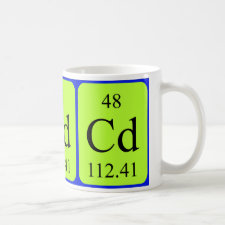
Authors: Wu JB, Yi YL
Article Title: Removal of cadmium from aqueous solution by organic-inorganic hybrid sorbent combining sol-gel processing and imprinting technique.
Publication date: 2013
Journal: Korean Journal of Chemical Engineering
Volume: 30
Issue: (5)
Page numbers: 1111-1118.
DOI: 10.1007/s11814-012-0226-6
Abstract: An organic-inorganic hybrid sorbent with high adsorption capacity was prepared by surface imprinting technique combined with sol-gel processing with 3-[2-(2-aminoethylamino)ethylamino]propyl-trimethoxysilane as a functional precursor and silica as the support for the removal of Cd(II) ion from aqueous solution, and was characterized by Fourier-transform infrared spectroscopy, scanning electron microscopy, nitrogen gas sorption and thermogravimetric analysis. The influences of different adsorption parameters, such as pH value of solution, contact time and the initial concentrations of Cd(II) ions on the adsorption amount of Cd(II), were examined. The optimum pH for adsorption was found to be in the range of 4-8. The adsorption rate of Cd(II) on the imprinted hybrid sorbent was rapid. The relative selectivity coefficients of the imprinted hybrid sorbent were higher than those of the non-imprinted sorbent. HoÆs pseudosecond-order model best described the kinetics of the adsorption reaction. The adsorption process of metals followed Redlich-Peterson and Langmuir isotherms models, and the experimental value of maximum adsorption capacity for Cd(II) was 77.2mg g-1. The positive values of Δ H0 suggested endothermic nature of Cd(II) adsorption on the imprinted hybrid sorbent. Increase in entropy of adsorption reaction was shown by the positive values of Δ S0 and the negative values of Δ G0 indicating that the adsorption was spontaneous
Template and target information: cadmium ion, Cd(II)
Author keywords: cadmium, Ion imprinted, sol-gel, Hybrid, removal



Join the Society for Molecular Imprinting

New items RSS feed
Sign-up for e-mail updates:
Choose between receiving an occasional newsletter or more frequent e-mail alerts.
Click here to go to the sign-up page.
Is your name elemental or peptidic? Enter your name and find out by clicking either of the buttons below!
Other products you may like:
 MIPdatabase
MIPdatabase









